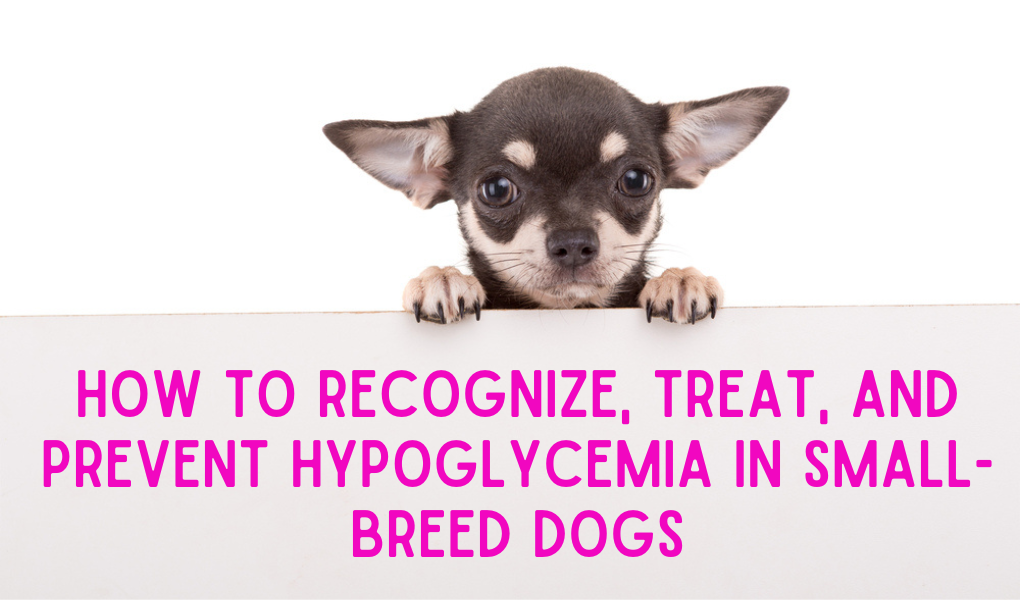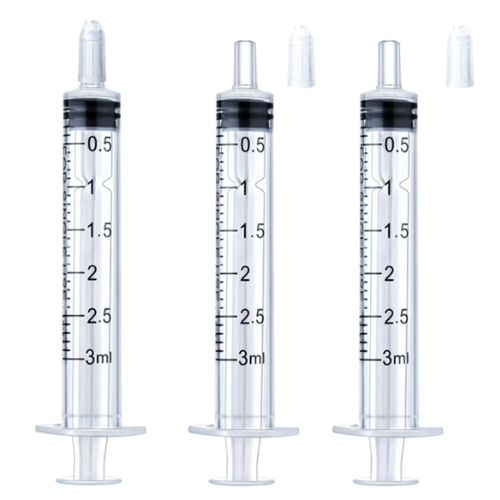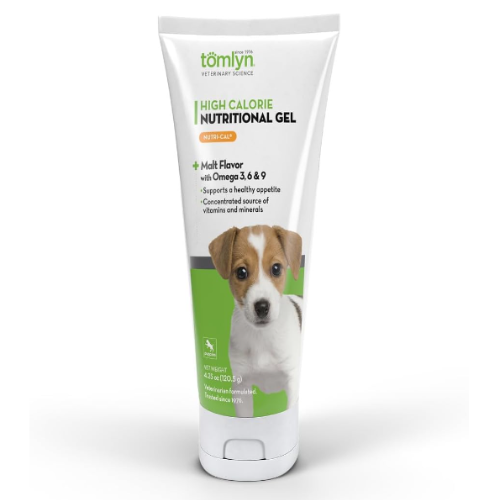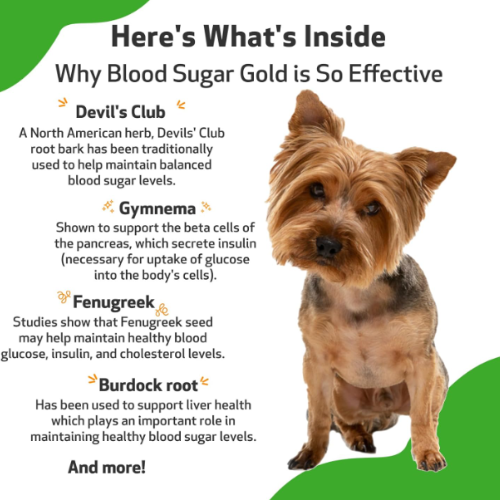Symptoms of hypoglycemia can be absolutely terrifying for a dog mom or dad! I know because I have experienced it many times over the years.
I don’t want any dog mom or dad to have to go through the terrifying ordeal without knowing why and what to do if they experience it. So, keep reading and I share my experiences below.
What Is Hypoglycemia?
The brain needs a steady supply of glucose to function properly. Hypoglycemia is a medical term for critically low levels of sugar in the blood.
What Causes Hypoglycemia?
Hypoglycemia may be caused by blood loss or other medical conditions. The most common cause is the side effects of drugs that are being used to treat diabetes. However, it can be a genetic condition in some small-breed dogs. The breeds most likely to be affected by the genetic condition are:
- Chihuahua
- Maltese
- Pomeranian
- Yorkshire Terriers
Other Causes
Besides genetic conditions, there are other medical causes of hypoglycemia. They are:
- Liver Shunt
- Stress
- Chronic Diarrhea
- Bacterial Infections
- Parasitic Infections

The most common cause other than genetic is found in Chihuahua puppies. A Puppy’s body hasn’t developed enough to be able to regulate blood sugar levels yet. Therefore they are most at risk of experiencing hypoglycemia.
This is the reason for all the times that I rushed my dogs to the emergency vet as mentioned above.
What are the symptoms to look for?
I can tell you from experience that the symptoms can be very scary. When I got my very first Chihuahua he was just 9 weeks old and very tiny. One day I noticed that he just didn’t look right. He looked glassy-eyed and seemed to be staring without seeing anything. I picked him up and he was very wobbly. When I put him on the floor he couldn’t walk. He would stagger, then fall over and he couldn’t stand back up.
Believe me, this was one of the most frightening experiences I had ever had as a dog owner. I knew that whatever it was, it was serious! I rushed him to our local emergency animal hospital. They took him in the back, leaving me on pins and needles imagining all kinds of horrible things, and when they brought him back out again he was perfectly fine and it was as if nothing had ever been wrong. They never told me exactly why this happened, only to feed him small amounts often to make sure his blood sugar level remained steady. Since this is a twenty-four-hour veterinary hospital, needless to say, it cost me a pretty penny.
Then when I got my second Chihuahua it happened two more times with two more trips to the local 24-hour emergency animal hospital (why did this always happen when my vet’s office was closed?) and a huge bill. The next time it happened our regular vet’s office was open and we went there. My veterinarian, Dr. Gary Oehmke then told me what to do at home when it happened (keep reading). And what he told me could have saved me hundreds of dollars in vet bills the last several times it had happened.
These are the symptoms to look for:
- Loss of appetite
- Increased hunger
- Blurred vision
- Disorientation and confusion
- Weakness, low energy, loss of consciousness
- Seizures (if left untreated)
- Anxiety
- Tremors or shivering
- Sudden callapse
- Extreme lethargy (not wanting to wake up from a nap)
- Excessive drooling or "foaming at the mouth" appearance

TREATMENT
If you notice any of the above symptoms you should IMMEDIATELY administer some sugar water or honey to your dog.
It is a good idea to keep a syringe where you can get to it quickly. Fill the syringe with sugar water or honey and administer it orally.
I always keep Karo Syrup around and it works great.
Also, make sure you take these things with you if you travel with your dog(s).
It is also a good idea to rub sugar on the gums because it is absorbed into the bloodstream faster.
Recovery often happens immediately, however, it can also take a little time for them to recover. If this happens, administer the honey/sugar water/Karo syrup again in 5 minutes. If they still don’t seem to recover, take them immediately to your veterinarian or the emergency veterinary hospital.
Food should be offered at 15 to 30-minute intervals until the dog begins to eat and is acting normally.
PREVENTION
You know what they say; prevention is the best medicine and that is very true in the case of preventing hypoglycemia.
Make sure your dog is warm at all times. If your dog is a puppy feed him or her small amounts often throughout the day to help keep blood sugar levels steady. Nutri-Cal-4-25-oz-paste is a good thing to keep around for puppies.
As always, be sure to have him evaluated by a veterinarian to make sure there are no underlying causes.
Questions? E-mail me at linda@chichisandme.com or leave your question in the comments below.
Share this important information on your social media by clicking on one of the icons at the top of the page.
Even though puppies are at the most risk of experiencing hypoglycemia, it can happen to adult dogs too. Be sure to have the following items on hand at all times and/or when you travel:




